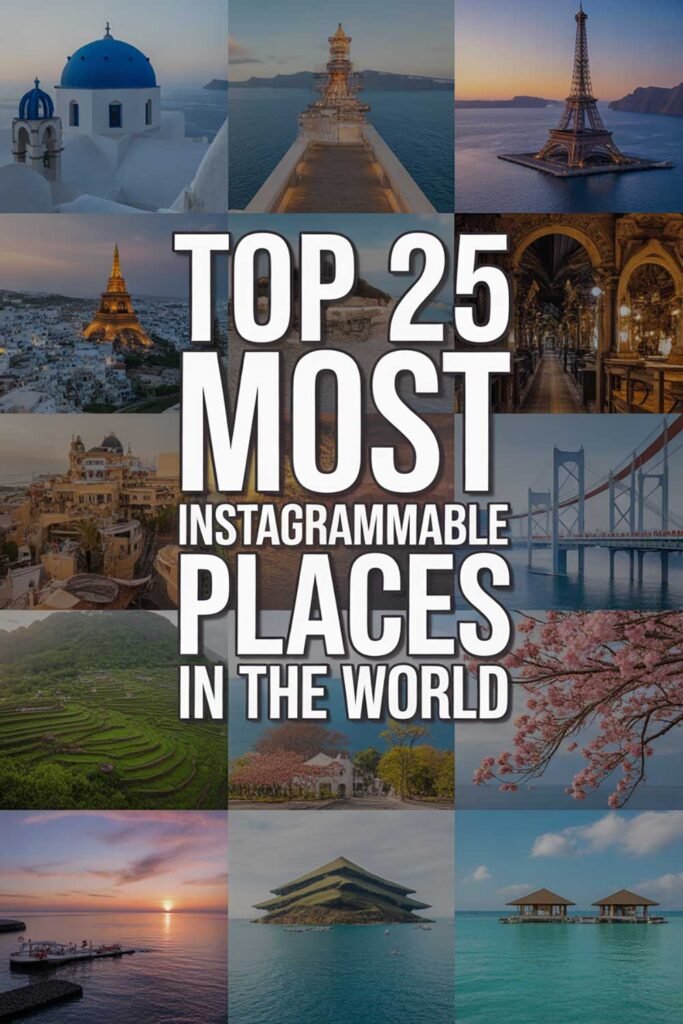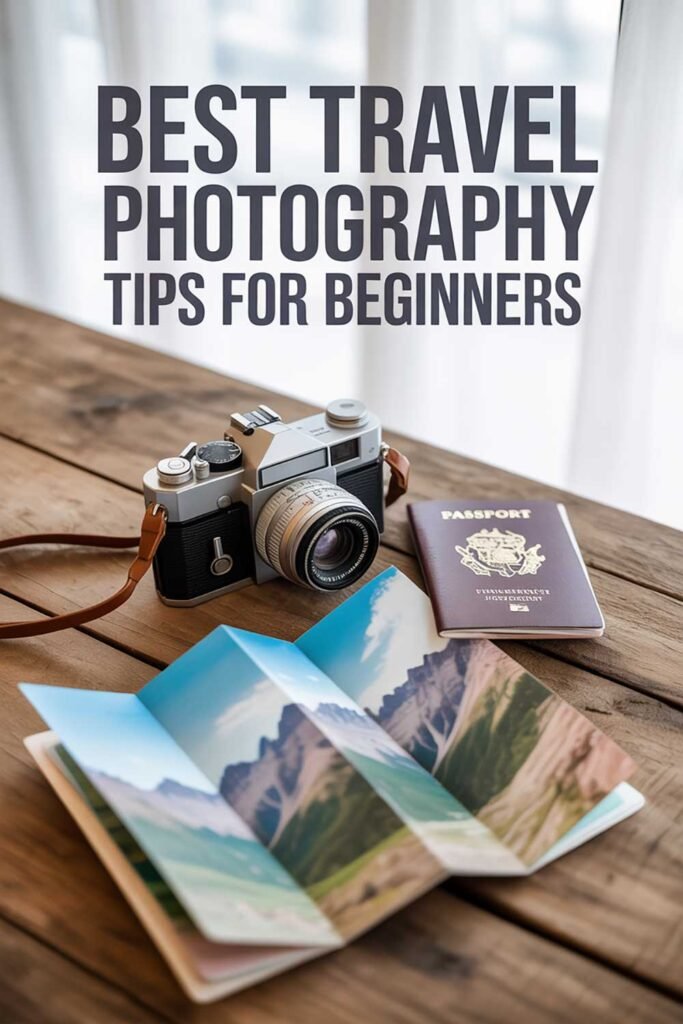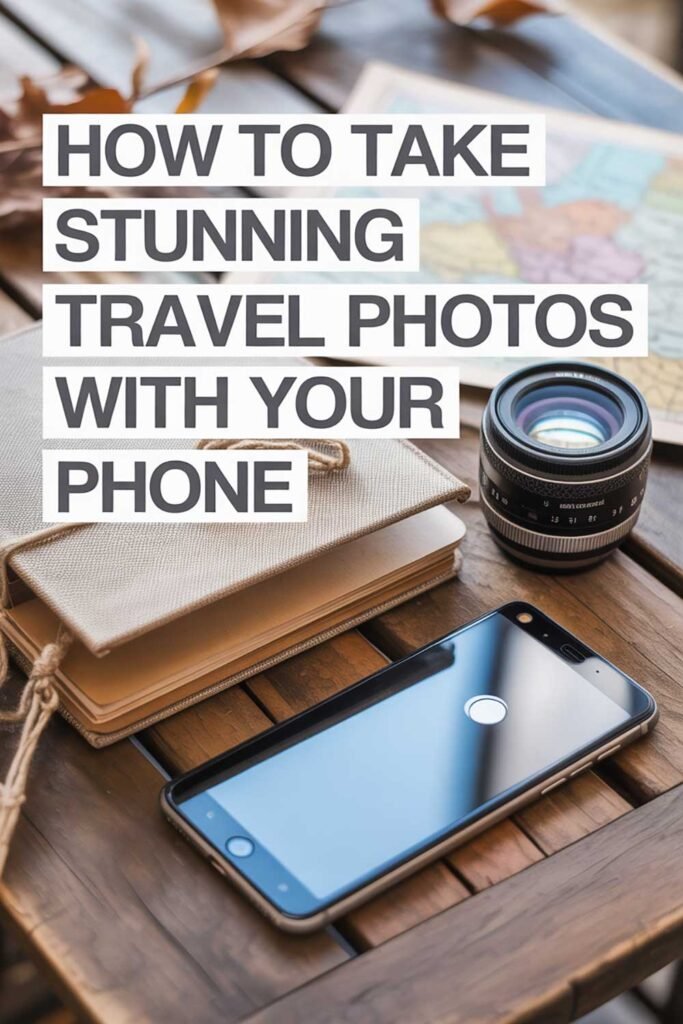
How to Build a Travel Photography Portfolio
Travel photography has a magic of its own—it captures the beauty of distant landscapes, bustling city streets, and intimate cultural moments that words can’t fully describe. If you’re serious about turning your photos into a professional body of work—or even just want a polished way to showcase your adventures—then building a travel photography portfolio is a must.
This guide will walk you step by step through how to create a portfolio that not only highlights your best shots but also tells a story about who you are as a photographer.
Why a Travel Photography Portfolio Matters
- Professional credibility: A portfolio shows potential clients, magazines, or brands that you take your work seriously.
- Personal branding: It establishes your unique style and vision as a photographer.
- Opportunities: Whether it’s freelance gigs, collaborations, or selling prints, a strong portfolio opens doors.
- Legacy: It becomes a curated collection of your travel stories that you can share with the world.
Step 1: Define Your Style and Niche
Travel photography is broad—it can include landscapes, street photography, wildlife, food, architecture, or portraits. Ask yourself:
- Do you want your portfolio to emphasize epic landscapes?
- Are you more drawn to cultural storytelling and people?
- Or do you want a mix that reflects variety?
Your style and focus will influence how you select and present your images.
Step 2: Curate Only Your Best Work
When it comes to a portfolio, less is more. A handful of breathtaking images is stronger than dozens of average ones. Focus on:
- Sharpness and technical quality.
- Strong composition and lighting.
- Emotional impact—does the photo tell a story?
- Diversity in subject matter while maintaining consistency in style.
Pro tip: Aim for 20–30 photos for your main portfolio.
Step 3: Organize by Theme or Destination
Your portfolio should feel like a journey. Organize your work into sections such as:
- By destination: Europe, Asia, South America, etc.
- By theme: Landscapes, culture, food, architecture.
- By story: A chronological flow of a particular trip.
This makes your work easier to navigate and more engaging for viewers.
Step 4: Create a Digital Portfolio
Most people will view your portfolio online, so invest in a clean, professional-looking website. Popular platforms include:
- Squarespace – elegant templates, great for photographers.
- SmugMug – designed specifically for photography with print sales integration.
- Adobe Portfolio – free with an Adobe subscription, sleek and minimal.
- WordPress – flexible if you want to customize heavily.
Make sure your website:
- Loads quickly.
- Has simple navigation.
- Highlights your best work immediately.
Step 5: Don’t Forget a Physical Portfolio
While digital is essential, a printed portfolio can make a big impression at interviews, galleries, or meetings. High-quality prints in a sleek binder or coffee-table book can set you apart.
Step 6: Tell the Story Behind Your Photos
A great portfolio isn’t just about beautiful pictures—it’s about storytelling. Add short captions or blurbs that explain context:
- Where was the shot taken?
- What inspired the moment?
- Was there a cultural or personal significance?
This makes your portfolio immersive and memorable.
Step 7: Showcase Variety Without Losing Cohesion
Include different types of shots:
- Wide landscapes.
- Close-up details.
- Action shots.
- Candid portraits.
But make sure they all feel like your work. Consistency in editing style helps tie everything together.
Step 8: Keep It Updated
Your portfolio is a living project. Refresh it regularly by:
- Removing older work that no longer reflects your style.
- Adding new shots from recent trips.
- Keeping captions and stories relevant.
Step 9: Add a Professional Touch
To make your portfolio look polished:
- Use light editing to enhance colors and clarity without overdoing it.
- Add a professional logo or watermark.
- Include an About Me section with your bio and contact details.
Step 10: Share and Promote Your Portfolio
A portfolio isn’t meant to sit unseen. Share it on:
- Instagram and Pinterest – for visual reach.
- LinkedIn – for professional credibility.
- Photography forums and travel groups – to connect with like-minded people.
- Email signature – link your portfolio in every message.
Inspirational Quotes About Photography & Travel
- “Photography is the story I fail to put into words.” – Destin Sparks
- “To travel is to discover that everyone is wrong about other countries.” – Aldous Huxley
- “We take photos as a return ticket to a moment otherwise gone.” – Katie Thurmes
- “Travel and change of place impart new vigor to the mind.” – Seneca
- “The best camera is the one you have with you.” – Chase Jarvis
- “A good snapshot keeps a moment from running away.” – Eudora Welty
- “Take only memories, leave only footprints.” – Chief Seattle
- “Photography helps people to see.” – Berenice Abbott
- “Travel makes one modest. You see what a tiny place you occupy in the world.” – Gustave Flaubert
- “The camera is an instrument that teaches people how to see without a camera.” – Dorothea Lange
Picture This
You’re back home, scrolling through your travel portfolio. Each image takes you somewhere new: the vibrant chaos of a Moroccan souk, the still silence of an Icelandic glacier, the warm smile of a child in Thailand. Friends and clients look through your collection, captivated by the way you tell stories through your lens. Your portfolio doesn’t just showcase pictures—it transports people around the world through your eyes.
What would it feel like to have a collection of photos so powerful that others feel like they’ve traveled with you?
Please Share This Article
If this guide inspired you, please share it with fellow travelers, aspiring photographers, or anyone who wants to capture their journeys beautifully.
Disclaimer
The information in this article is for informational purposes only. Photography results and experiences may vary. Always respect cultural sensitivities, local laws, and personal safety when taking photos abroad.



